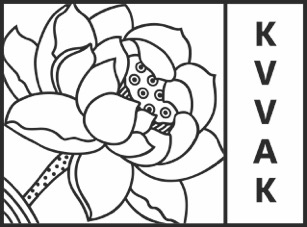Asian Art Society
Royal Asian Art Society in the Netherlands
The Royal Asian Art Society in the Netherlands
The Royal Asian Art Society in the Netherlands (‘Koninklijke Vereniging van Vrienden der Aziatische Kunst’, in short KVVAK) was founded on 29 June 1918 by engineer and art connoisseur H.F.E. Visser (1890-1965) and collector and antiquarian G.J. Verburgt. Their goal was to disclose high-quality Asian art to a wider audience, to create interest in it and to stimulate academic research in the field of Asian art. Shortly after the foundation of the KVVAK, the society started to collect Asian art of high quality. The collection has always had its emphasis on objects of art that were considered art in their countries of origin and not on ethnographical objects. No export art and household effects, but unique objects of art that are of the highest level of quality. The generosity of affluent private donors, often collectors themselves, enabled the acquisition of a number of iconic pieces that immediately gave the collection an international appeal. In this respect, the collection of the KVVAK distinguishes itself from the collections of the various Dutch ethnographical museums. The collection is unique and for that reason, it is not accommodated in Leiden at the Museum of World Cultures, but in the most important art museum in the Netherlands: the Rijksmuseum in Amsterdam. The collection is internationally regarded as a world-class collection. It is still in private ownership but accessible to the public in the Rijksmuseum, where it is on loan and can be admired in its own ‘home’: the Asian Pavilion. Up to this day, the KVVAK acquires its pieces in coordination with the staff of the Asian art department of the Rijksmuseum, that now has four curators of Asian art, always bearing the original viewpoint in mind: with the emphasis on endemic aesthetics.
First board members
The first chairman was H.K. Westendorp, a well-known collector of mainly Japanese ceramics. The founders worked closely together with prof. N.J. Krom and Dr. T. Van Erp, both renown for their archaeological work in Java. During the society’s initial years, collectors from the Dutch colonies were of crucial importance to the KVVAK for loans, gifts and donations. In these first years, the members of the board were industrials, academics and businessmen such as jhr. Hugo Loudon (board member at Koninklijke/ Shell), Willy van der Mandele (director of the Vermeer & Co. bank, member of the Board of Supervisors of the Royal Academy of Arts and art collector), Elie van Rijckevorsel (scientist and collector, founder Erasmus Stichting, donor Museum Land- en Volkenkunde) and Mari Paul Voûte (co-founder Rembrandt syndicate). Well-known members were, amongst others, islamologist Prof. C. Snouck Hurgronje, Anton Philips, the Rembrandt connoisseur Frits Lugt, A.G. Kröller and his wife H. Kröller-Müller, several diplomats and designers such as Jan Eisenloeffel, Jaap Gidding and the architect K.P.C. de Bazel.
Collection
At the moment, the collection comprises circa 1850 objects and is held in high international esteem. The collection has been on loan to the Rijksmuseum Amsterdam since 1952 and forms a substantial part of the museum’s department of Asian Art. In 2013 the new Asian Pavilion opened, in which parts of the collection are beautifully displayed. Acquisitions, donations and bequests still contribute to the collection. It consists of representative paintings, sculptures and works of art from important fields of art in Asia, especially in the field of old Chinese art, Japanese paintings and sculptures and works of art from Indonesia, but art from India, Thailand, Laos, Sri Lanka and Korea is also present. Important examples are, amongst others, the South-Indian sculpture of the Dancing Shiva from the 12th century (collection nr. MAK 187) and the Chinese wooden sculpture of Guanyin (MAK 84), also from the 12th century, that both form highlights in the collections of the KVVAK and Rijksmuseum. On the occasion of the society’s 75th anniversary in 1993, two Japanese screens were acquired (MAK 1464) and to celebrate the opening of the Asian Pavilion in 2013, the KVVAK bought a rare 18th-century Chinese porcelain dish that is decorated with the coat-of-arms of the city of Amsterdam (MAK 1733). The collection management policy of the KVVAK dictates that only art of the highest quality should be acquired. The KVVAK co-ordinates her acquisitions with the curators of Asian art of the Rijksmuseum. The Rijksmuseum and the KVVAK acknowledge the guidelines of the UNESCO convention of 1970, that forbids and prevents illegal import, export and trade in international cultural heritage.
Provenance
The Royal Asian Art Society in the Netherlands (KVVAK) is concerned by the debate surrounding provenance and is conscious of the potentially difficult inheritance of some of the pieces in its collection. Together with the Rijksmuseum and other partners, the KVVAK is fully committed to supporting continuous research on provenance and transmitting complete histories of its collection to the public. The KVVAK seeks to build and strengthen sustainable exchanges with international cultural organizations, particularly in countries linked to the origin of objects in the collection. The KVVAK collection, of which the largest part is on long-term loan to the Rijksmuseum, is a private collection and is therefore not subject to the Netherlands national policy on restitution. However, the KVVAK board is in the process of shaping a policy on how to deal with restitution applications. This policy will be discussed with the relevant bodies within the association and external stakeholders before publication.
Donations and bequests
By donations and bequests, beautiful objects and collections have found their way into the collection of the KVVAK. Mr and Mrs Westendorp bequeathed their collection Kakiemon porcelain and Japanese works of art, comprising lacquer boxes, tsuba and inro’s, to the KVVAK in 1968. Prof. Maartje Draak (1907-1995) left her extensive collection of Asian art to the KVVAK. Many of these objects were added to the collection, and the remains were auctioned. The funds that were thus raised form the basis of the Maartje Draak Fund that is intended for acquisitions and for financing activities that contribute to the research in Asian art.
The KVVAK still receives donations and bequests. Dr Barbara Harrison (1922-2016), who was the director of the Keramiekmuseum Princessehof in Leeuwarden from 1976 to 1987, left her collection of ceramics and her library to the KVVAK. Another recent transfer is that of a substantial collection of Southeast-Asian textiles, formerly the collection Dees-van der Star, that was displayed in the former museum Nusantara. The council of Delft has handed this collection to the KVVAK. It should be noted that the Dutch Tax Council designated the association as a Public Benefit Organisation (‘Algemeen Nut Beogende Instelling’ (ANBI)), which means that one’s gifts may be tax-deductible and that there is an exemption from inheritance or gift tax.
Journal and activities
Three times a year, the society publishes the journal Aziatische Kunst (Asian Art). The journal has independent editors. The articles are written by the curators and renown (inter)national academics in the field of Asian art. The society is very active in the organisation of excursions, lectures and courses and has over 650 members. In 2016 the KVVAK organised a trip to South-China. Members are informed of relevant fairs and auctions, recent publications and exhibitions in the Netherlands and abroad. The KVVAK has several committees devoted to specific subjects: ceramics, travels, excursions, Southeast-Asia and the interaction East-West. The library can be consulted in the Rijksmuseum. Also, the KVVAK has a chair at the Leiden University ‘Material history of the exchanges between Asia and Europe’, that was held by prof. Dr. C.J.A. Jörg until November 2009. With support of members and the Jan Menze van Diepen Foundation, the KVVAK was able to co-finance the chair ‘Kikkoman Chair for the study of Asia-Europe intercultural dynamics’ held by Prof. Anne Gerritsen at Leiden University from 2013 until 2018. Starting in the academic year 2018-2019, Gerritsen has been reappointed Professor on the ‘Chair of Asian Art’ for a period of four years.
KVVAK 100 years
After 100 years the KVVAK obtained myriad results: we have an internationally praised collection of Asian art, that is curated and exhibited in the Rijksmuseum. A similar public collection of such quality is unknown in the Netherlands. The cooperation with the Rijksmuseum ensures continuity in the collection, a good environment, and a contribution to academic research in the form of the magazine Aziatische Kunst. We are looking to the future too: we will pay more attention to modern Asian art and the society reaches out to young members. We have an educational programme for young scholars. The society has a board, a professional administration, a professional website and a Board of Advisors, consisting of well-known professors and other connoisseurs of Asian art.
In 2018 the KVVAK celebrates her 100th anniversary. On this occasion, the society organised a symposium about many aspects of Asian art, in cooperation with the Rijksmuseum. Speakers were international academics, who will publish their lectures in Aziatische Kunst. There will be a jubilee exhibition in De Nieuwe Kerk about the life of Buddha, opening in September 2018 and where sculptures from the collection of the KVVAK will be included. This exhibition will be complementary to the jubilee exhibition in the Asian Art Society’s own home: the Asian Pavilion in the Rijksmuseum. Also, a series of special 100-year lectures, jubilee editions of Aziatische Kunst, a festive “100-year” reception and extra activities of the committees will be included in the festivities.
On 22 June 2018, the KVVAK was granted the designation ‘Royal’ by the commissioner of the King.
Please find hereby the Annual Report of the Asian Art Society.
Board members 2023 - 2024
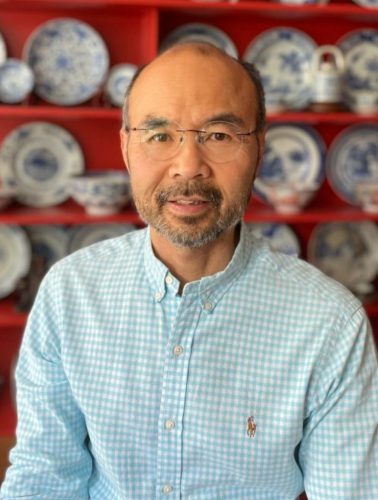
Chairman
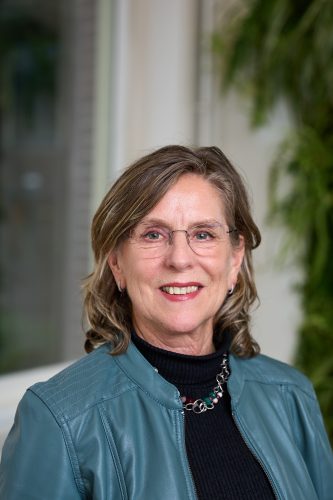
Secretary
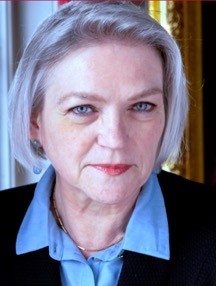
Treasurer
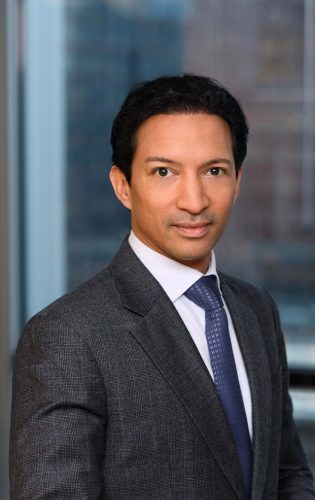
Board member
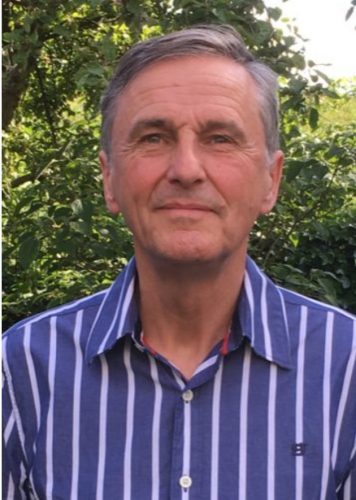
Board member
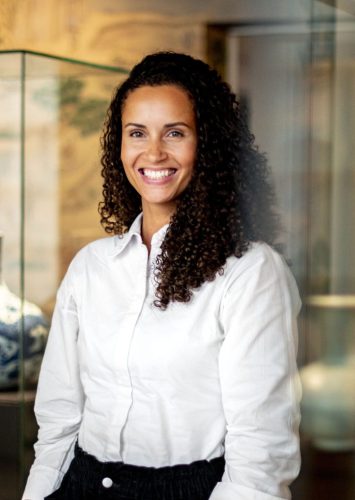
Board member
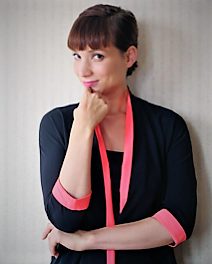
Board member
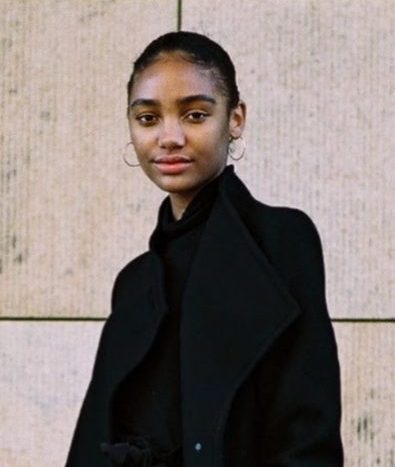
Board assistant
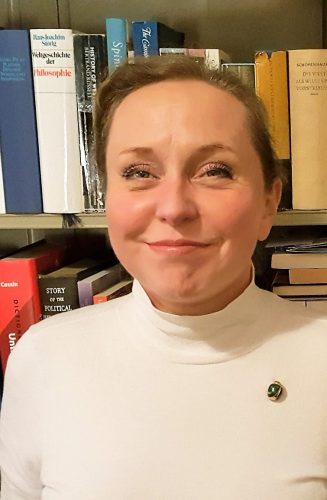
Webmaster
If you have any questions about our website, please don’t hesitate to contact Alice Rijkels
